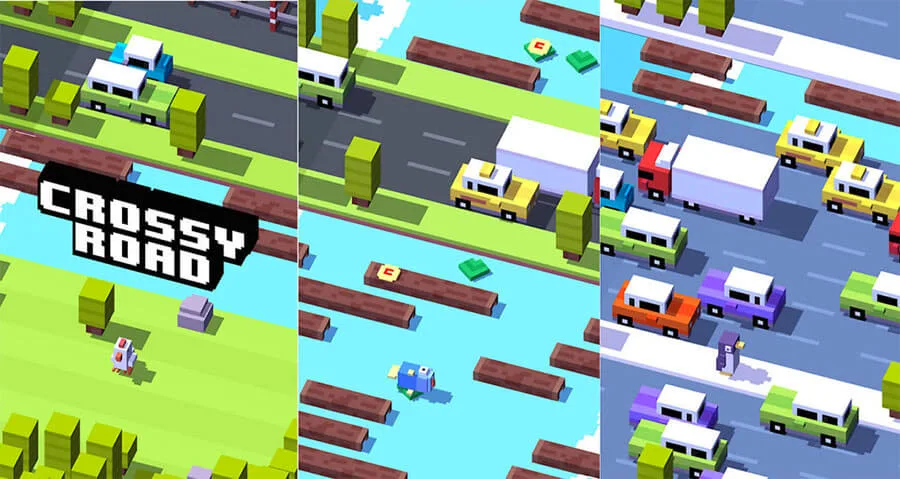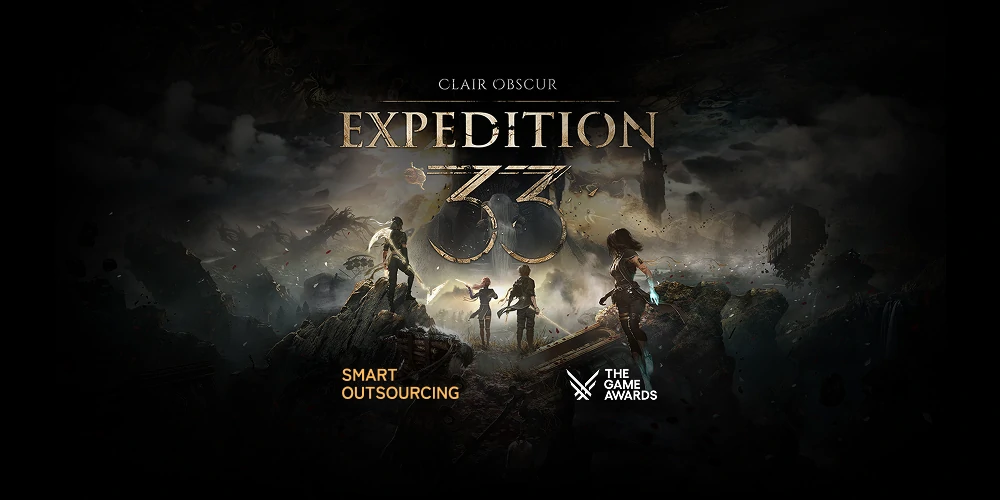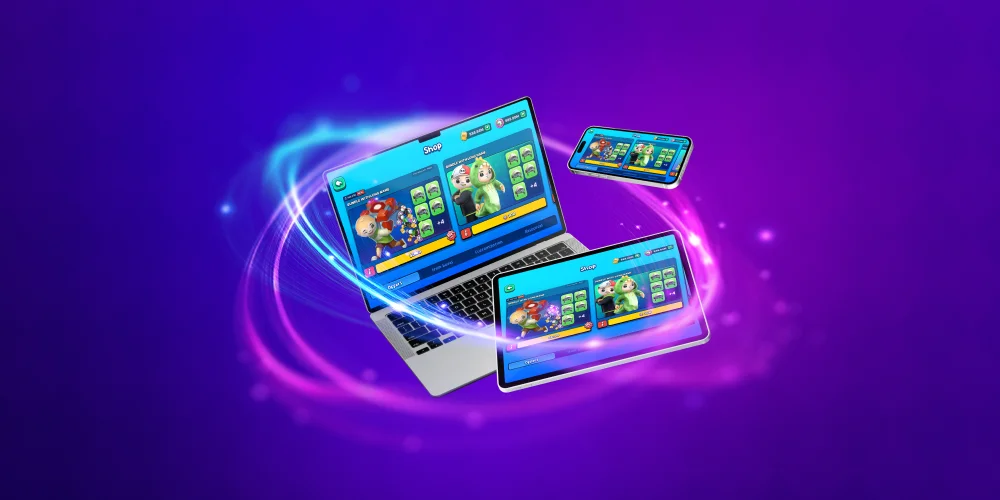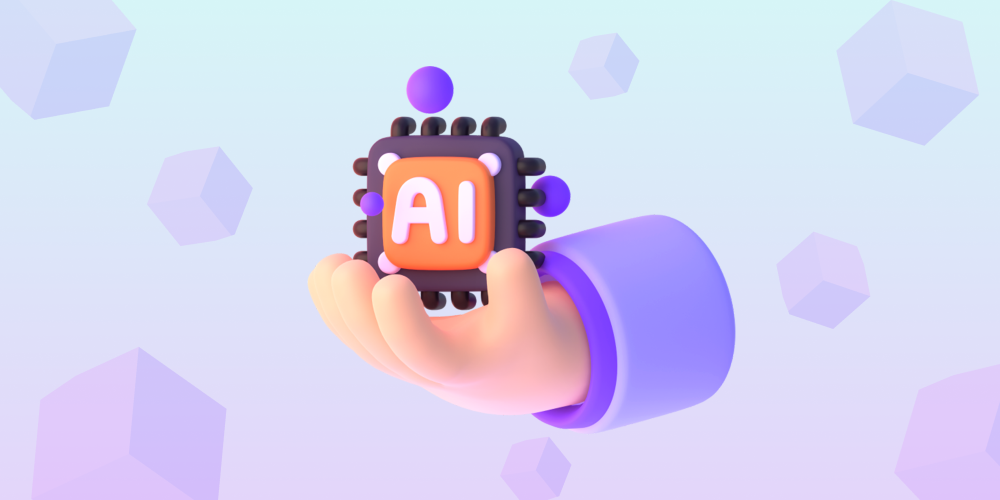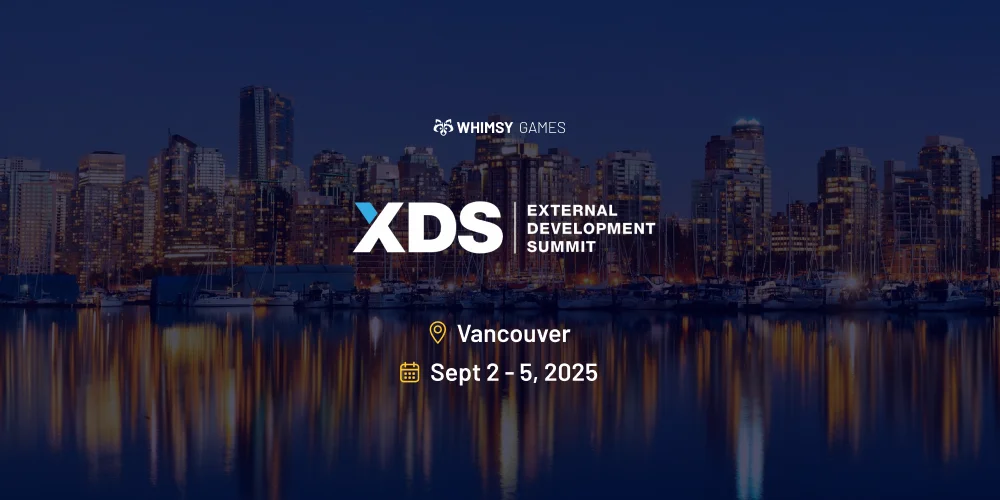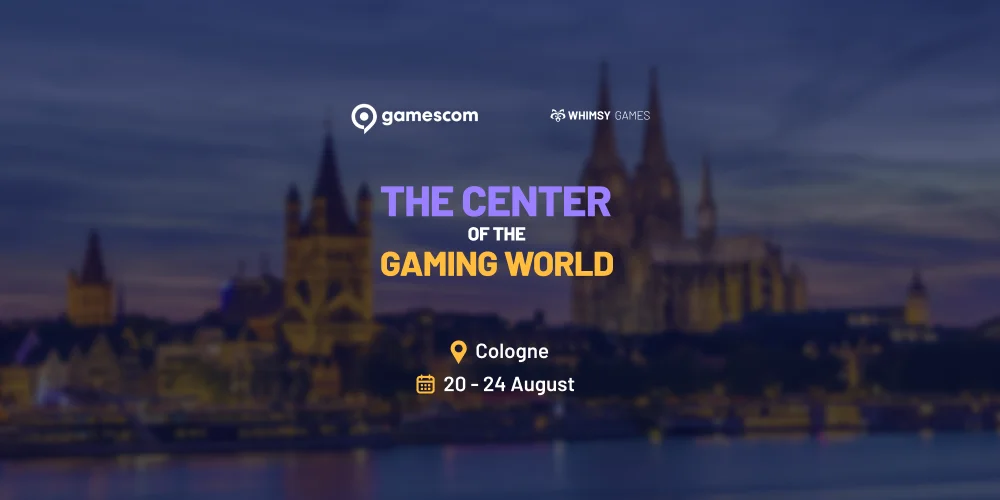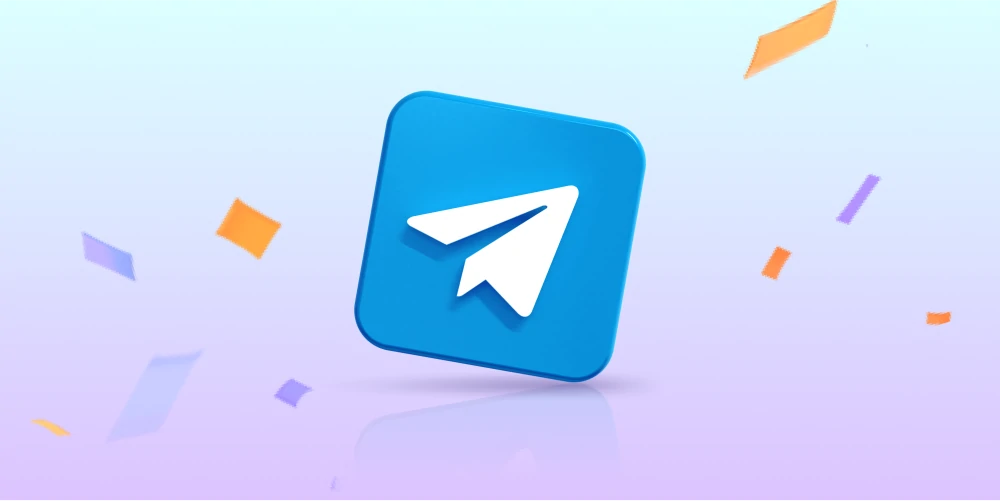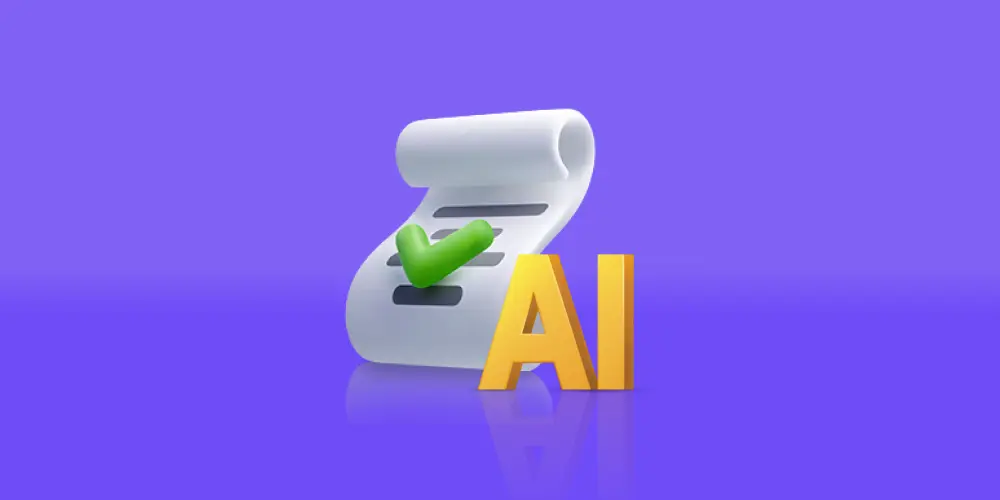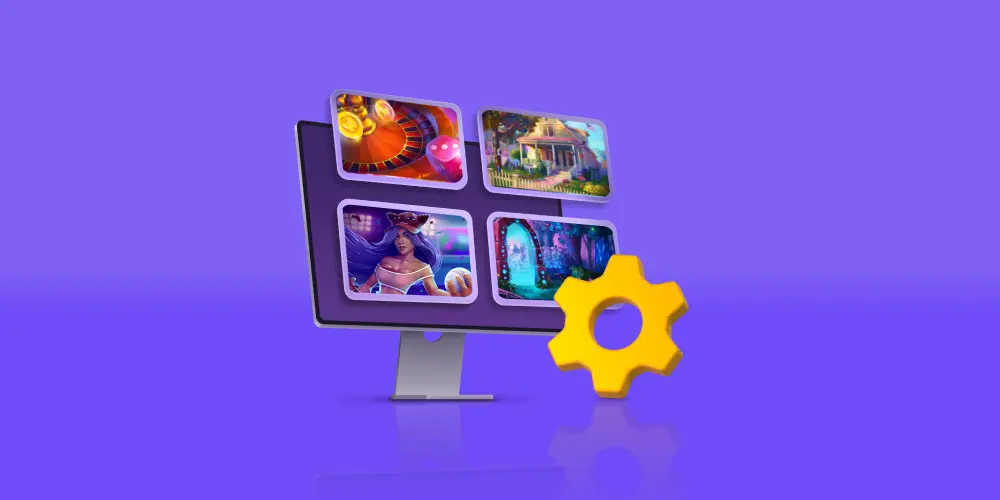“The successful free-to-play games are selling positive emotions. Not content.”
– Nicholas Lovell, author of The Curve, founder of GAMESbrief, a consultant on new game business models.
But what is a game development process step by step? It is a long flow with several game development stages. Everything starts with the game concept development, followed by pre-production, production, testing, and pre-launch. The main stage of a development process is launch. Even after that, though, the process is not finished — a post-production phase usually follows.
Let’s look closer at all of the game development points and study each of them in detail.
Game Concept
The primal and one of the most important stages in step-by-step game development is the game design document. The unique and interesting game concept should be thought out before the script, the designs, and the development process begins.
What’s the first challenge a development team faces during the concept creating stage? Meeting the deadlines for the product development. In most cases, the project is seen as a set of in-game mechanics offered to a customer. However, some business properties like balance, testing, analytics, marketing, administration, resource management, and publishing are not considered. Inexperienced teams developing the game for the first time spend a lot on the concept step. Thus, they fail to meet the time-to-market criteria and admit a defeat.
Before you enter the process of developing a game, you should ask yourself and your team some of these questions:
- What kind of game should we produce?
- Which game style should we choose? 3D or 2D?
- What would be our key features?
- What kind of characters should we include?
- What would be the game’s setting?
- Who would be the target audience of the game?
- Which platform should we choose to build the game on?
Creating a game concept might be the most difficult step of game development as it gives a start to the prole process. Coming up with the original and competitive idea is an essential part of creating a successful game. It offers your team a chance to attract the audience’s attention and gives game publishers some guarantees of your success. Before the pre-production and production game development steps, you should also clarify the following:
- The estimated cost of the game;
- The technologies to use and team’s capabilities;
- The size of the development team;
- Will you need to outsource some of the processes?
- The predicted deadline and timeframes of each stage;
- The monetization. (Mind that even F2P games brought a total revenue of $73.8 in 2020).
Choosing the right technology stack is crucial; for instance, opting for unreal game development services can significantly enhance your game’s visual fidelity and performance.
Answering these questions on the first stage of your game development will help you minimize the losses and predict your expenses. And once everything is clear, you may start the pre-production stage.
Pre-Production
The pre-production phase of the development process brings new challenges and prepares the development team for a production stage.
The main purpose of this stage is to brainstorm the whole future process of developing the mobile game. All the team members and different teams should work together to decide on the project’s support after its launch, agree on the developing tools and frameworks, and prepare its architecture for scalability.
It’s also important to calculate and predict all the important analytical events that allow working with the potential audience.
During the pre-production step, the team decides on the principal narrative of the game’s story and the main characters. Engineers consult writers and designers on their possibilities to include certain features in the gameplay. Artists and designers work together to create unique characters that will fit into the game’s world. Developers and engineers team up to elaborate on in-game mechanics and physics. The development team decides on the technologies to be used. In most cases, a Unity engine is employed. This cross-platform game development engine enables a rather quick and low-cost game production.
Before the production starts, the game development team should have a clear concept of the game environment and the characters, the interface of the game, control schemes, and other elements. Once everything is negotiated and clear, it’s time to start the production part of the game development process.
Production
Production is one of the most time and effort-consuming parts of developing a mobile game process. It also brings completely new challenges and solutions. Your team may experience changes in the business model of the project and the development mechanics. However, using Agile methodology helps to adjust the project to the new requirements and prioritize the functionality.
The team needs to envision the work scope and have a common development vector.
During the production step, the team works on character models and rendering, the audio part of the game, designing levels, etc. Developers are working on the code, and project managers ensure the seamless work of all the departments, meeting the deadlines, and handling all the organization.
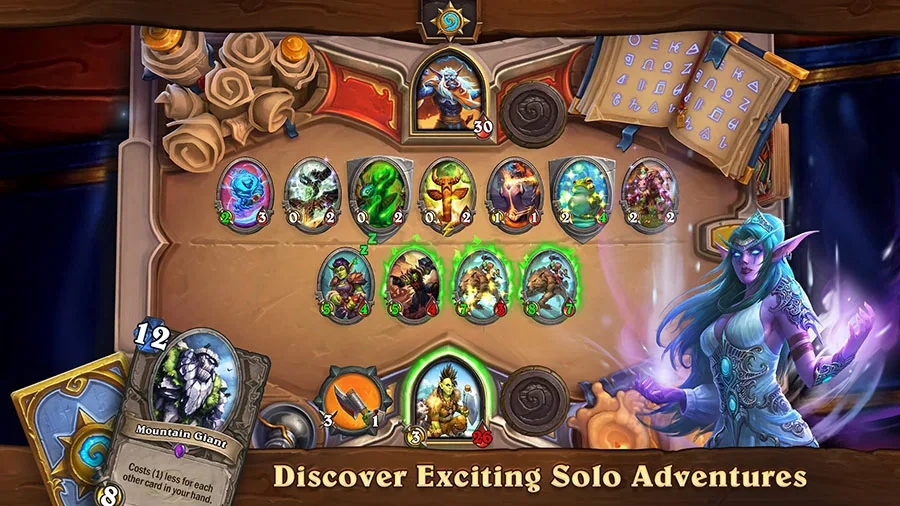
Testing
Testing is an extremely important step in the development process. You need to make sure the game works perfectly before you launch it on different mobile platforms. QA should test all the features and mechanics. Without thorough tests, the game won’t be able to pass even to the Alpha stage.
The testing department prepares the whole bunch of documentation on test cases and user cases. Manual testers and auto-tests are checking if the game is working properly and if it crashes or not. All the attempts to “break” the game are documented, and the mistakes are fixed on the testing step.
In some cases, games are also tested with a focus group of users to check the “fun factor” and if the game is easy or complicated enough for a common user. After all the tests, the development process is ready to step into the next stage – pre-launch.
Pre-Launch
Before the launch, the game should have a test release. It is also called pre-launch or soft-launch. This step among all the game development moments allows the team to predict the game’s future and gather more information for possible improvements.
On the pre-launch step, the game is usually released in a limited number of countries or in a certain region to see how users interact with the game. The developers check if the test users have any difficulties with the game and if it is enjoyable overall. After gathering the statistics, the game will face some improvements and fixes before the official launch.
It’s also the step of the game development when marketing strategy begins. A marketing team starts to promote the game using different methods to make the audience aware of a new game.
If everything goes smoothly, the game is ready for launch.
Launch
The launch is probably one of the most stressful game development steps for the whole team. All the long months of tireless development and brainstorming will finally pay off.
Once all the bugs are fixed and all the data from pre-launch is gathered, it’s time to release the game officially. This stage will probably bring more feedback from the users and more bug reports. They all should be addressed to improve the gaming experience.
However, the work is not done after launch. The game will gather more statistics. Here, the post-production stage of the step-by-step game development process begins.
Post-Production
Even if your game is now successful and brings a stable income, it’s not a good time to stop the development.
In the first months after the game’s launch, you will probably receive reports about new bugs or crashes many users experience. Your goal is to update the game application as soon as possible so as not to lose your audience and keep the smoothness of the gaming experience.
Moreover, the game should never stop evolving and growing. When a large number of players have discovered a majority of levels in your game, it’s time to make updates and release new versions. A great idea would be to add seasonal events and holiday items. It gives your audience excitement to explore new content and a chance to obtain rare collectible items.
Adding fresh content to your game helps stay relevant with the audience and grow a new player base. How to monetizat mobile game? Moreover, releasing seasonal events or updates dedicated to holidays is a great way of monetization – 87% of players stated they purchased downloadable content in 2019.
For example, Hearthstone, a collectible card game that has gained massive popularity since its release in 2014. Until these days, Blizzard Entertainment, Inc. has been improving and updating the game regularly, and it helps the project be on the top-tier list on many gaming platforms.
Whimsy Games Mobile Game Development Experience
We at WhimsyGames are familiar with game development. We have already completed over 50 successful projects. We would like to highlight one of our favorite projects – Bingo: Love in Montana.
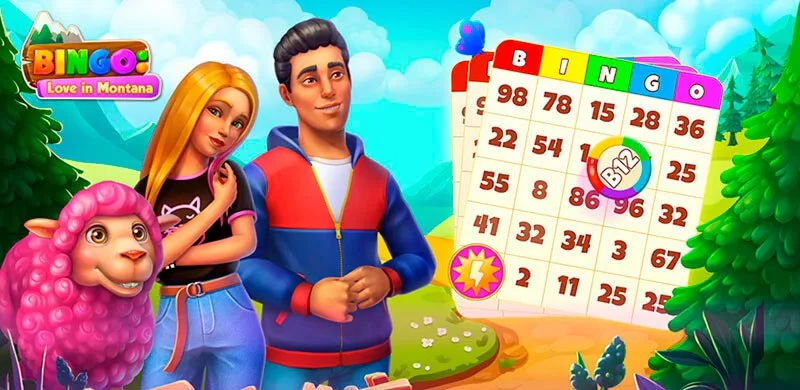
Our customer had an idea to upgrade a classical game of bingo and add more gameplay elements to it. It’s quite an easy concept, but we have faced some issues during the game development:
- The game has to have two options for device orientation: horizontal and vertical.
- A team performed the tools for the game scalability without development.
- The project had to be optimized for the widest variety of devices available on the market.
- The architecture and modularity were a challenge for our team.
This project passed through all the game development moments we have listed before. Our team has developed a game concept and designed the architecture for the game on a pre-production step. We have created a core of the game and the tools for its realization during the production phase and rendered UI and all concept arts. All of the content elements were combined, and a soft release began. During the pre-launch phase, we have gathered the needed data and polished the game to prepare it for the launch.
As a result, we continue to work on this game in a post-production phase. We release new content and launch new events regularly. Moreover, the game works perfectly in both vertical and horizontal positions.
Do you need a team of professional mobile game designers, developers, and animators? Do you have a game to design? The WhimsyGamesteam is available just one click from you.
WhimsyGames is a reliable partner for short and long-term projects. We have developed smooth workflow processes. Our specialists carefully study every idea you have. We discuss all of the concepts and requirements you have at every step of development. Rest assured that we will address all of your wishes.
Feel free to contact us to discuss your ideas and get ready to transform them into reality.




